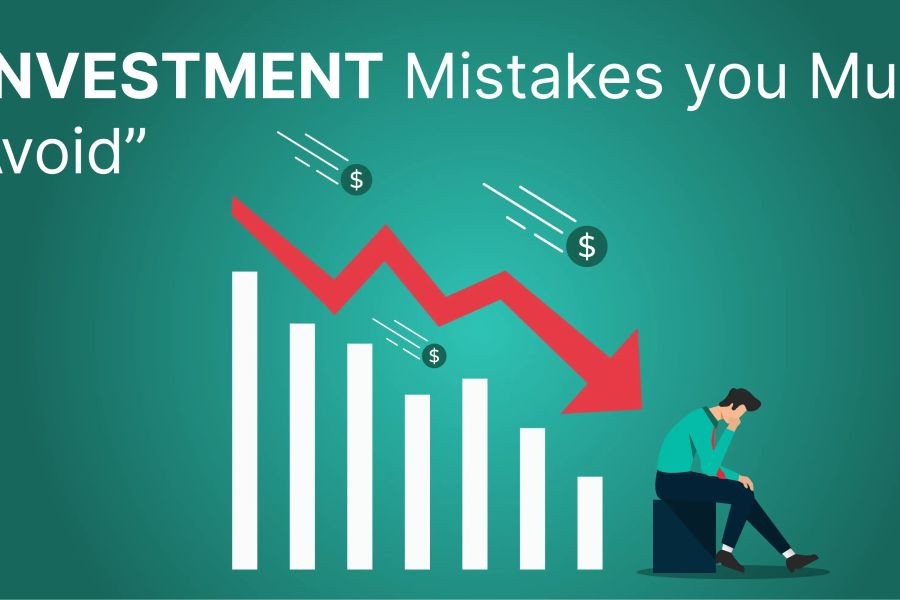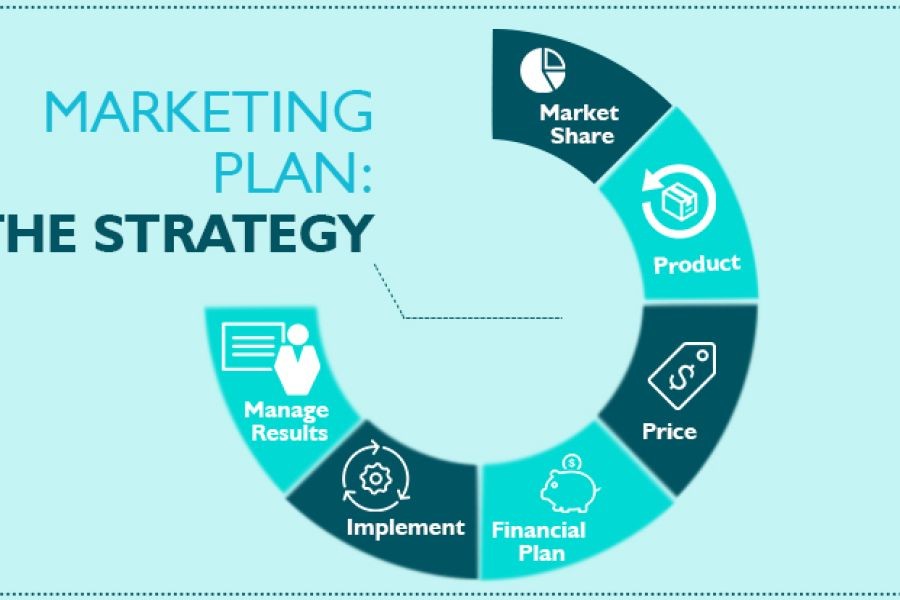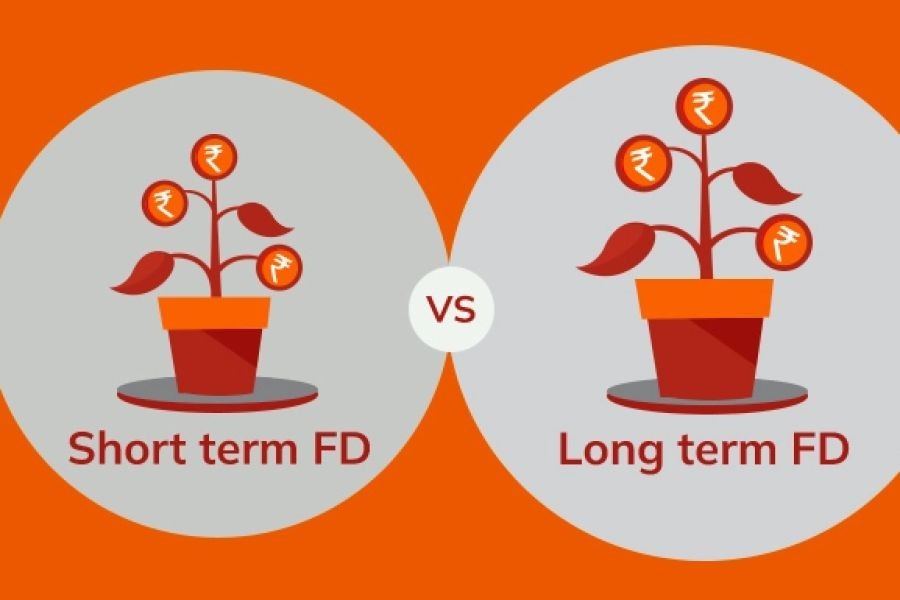In the world of construction, material wastage is a significant concern that not only impacts project costs but also contributes to environmental degradation. In New Zealand, where sustainability is increasingly at the forefront of industry discussions, reducing material wastage is critical. This article delves into the strategies that can help mitigate material wastage in construction projects, providing insights and practical solutions for financial advisors guiding their clients in the construction sector.
Understanding the New Zealand Context
New Zealand's construction industry is a vital component of its economy, contributing approximately 6.3% to the national GDP as of the latest reports from Stats NZ. However, the sector faces challenges, including high material costs and labor shortages. Given the country's commitment to sustainability and the government's initiatives such as the Building for Climate Change program, reducing material wastage is a crucial step towards more sustainable construction practices.
Comparative Analysis of Material Wastage Reduction Strategies
Reducing material wastage requires a multi-faceted approach. Here, we compare several strategies:
1. Lean Construction Practices
- Pros: Lean practices focus on reducing waste by optimizing workflows and improving project management. This can lead to cost savings and increased efficiency.
- Cons: Implementing lean practices requires a cultural shift and continuous training, which can be resource-intensive.
2. Technology Integration
- Pros: Utilizing technology such as Building Information Modeling (BIM) can enhance precision in material estimation and reduce errors.
- Cons: High initial costs and the need for skilled personnel to manage technology can be barriers.
3. Sustainable Material Choices
- Pros: Opting for sustainable materials not only reduces environmental impact but can also improve the project's long-term viability.
- Cons: Sustainable materials may have higher upfront costs, and sourcing can be challenging.
Case Study: Fletcher Building's Approach to Sustainable Construction
Problem: Fletcher Building, a leading construction company in New Zealand, faced significant challenges with material wastage, impacting project profitability and sustainability goals.
Action: The company adopted innovative approaches such as BIM and lean construction principles. They integrated prefabrication techniques to minimize on-site waste and collaborated with suppliers to ensure just-in-time delivery of materials.
Result: These initiatives led to a 30% reduction in material wastage and a noticeable improvement in project timelines and cost efficiency. Fletcher Building's approach is now considered a model for sustainable construction practices in New Zealand.
Takeaway: This case study highlights the importance of integrating technology and strategic planning in reducing material wastage, offering valuable insights for other construction firms in New Zealand.
Debunking Common Myths
There are several misconceptions about reducing material wastage in construction:
Myth: "Waste reduction strategies are too costly for small projects."
Reality: Implementing even basic waste reduction techniques, such as accurate material estimation and recycling, can lead to significant savings, as supported by the Ministry of Business, Innovation & Employment (MBIE).
Myth: "Sustainable materials are always more expensive."
Reality: While some sustainable materials have higher initial costs, they often result in lower lifecycle costs due to their durability and efficiency.
Future Trends in New Zealand's Construction Industry
Looking ahead, the construction industry in New Zealand is set to embrace more sustainable practices. The government's Building for Climate Change initiative aims to reduce carbon emissions, with stricter regulations on material usage expected by 2026. Financial advisors should prepare their clients for these changes, encouraging investments in technologies and practices that align with these trends.
Conclusion
Reducing material wastage in construction projects is not only a financial imperative but also a strategic move towards sustainability. By adopting lean practices, utilizing technology, and choosing sustainable materials, construction firms in New Zealand can significantly reduce waste and improve their bottom line. As the industry evolves, staying informed and proactive will be key to success.
What's your take on sustainable construction practices? Share your insights below!
People Also Ask
- How does reducing material wastage benefit New Zealand's construction industry? Reducing waste improves project profitability and aligns with New Zealand's sustainability goals, enhancing the industry's reputation and competitiveness.
- What are the best strategies for reducing material wastage in construction? Experts recommend implementing lean practices, integrating technology like BIM, and choosing sustainable materials to effectively reduce waste.
Related Search Queries
- Construction waste management in New Zealand
- Lean construction practices NZ
- Sustainable building materials NZ
- Building Information Modeling benefits
- New Zealand construction industry trends 2024
































Fancy Pharma™
2 months ago